Do you have a question about the Ruckus Wireless ZoneFlex 7363 and is the answer not in the manual?
Crucial safety warnings and precautions for installation, operation, and maintenance of the AP.
References to other essential documentation and resources for Ruckus Wireless APs.
Explanation of text and notice conventions used throughout the user guide for clarity.
General introduction to Ruckus Wireless APs, highlighting key features and benefits.
Step-by-step guide for unpacking the AP and verifying package contents for installation.
Overview of the physical features and components of various Ruckus Wireless AP models.
Essential pre-installation tasks, including site survey and hardware preparation.
Methodology for conducting a site survey to determine optimal AP placement and coverage.
List of necessary hardware, tools, and software required for successful AP installation.
Guidelines for selecting the best mounting location and orientation for AP performance.
Initial configuration steps for the AP before connecting it to the network.
Procedures to confirm the AP is functioning correctly after initial setup and before deployment.
Steps for placing and connecting the AP in its final installation location.
Guidance on resolving common issues encountered during the AP installation process.
Detailed physical installation instructions specifically for the ZoneFlex 7055 AP model.
Detailed physical installation instructions specifically for the ZoneFlex 7441 DAS AP model.
Detailed physical installation instructions specifically for the ZoneFlex H500 AP model.
Prerequisites and initial setup steps before configuring the AP via its web interface.
Explanation of the AP's web interface layout, menus, and navigation elements.
Highlights differences in the web interface for dual-band AP models compared to single-band.
Setting up basic device properties such as name, location, and administrative login.
Defining how the AP connects to the local network and the internet, including VLANs.
Configuring local subnets for routing and Network Address Translation (NAT) functionality.
Configuring common and individual WLAN settings for wireless client connectivity.
Defining the behavior and security settings for the AP's physical Ethernet ports.
Steps to set up and customize the AP's hotspot service for guest access.
Displaying an overview of the AP's current status, software version, and serial number.
Reviewing the AP's current network and internet connection configuration details.
Checking the current common wireless configuration parameters applied to all WLANs.
Securing the AP by changing the default administrative username and password.
Activating alternative management access methods like HTTP, Telnet, and SSH for AP control.
Configuring the AP to send operational logs to a syslog server or Ruckus support.
Procedures for updating the AP's firmware image to the latest version.
Restarting the AP to refresh its operation without altering its configuration.
Restoring the AP to its original factory default settings, erasing current configuration.
Using built-in diagnostic tools to check network connectivity and troubleshoot issues.
Understanding Link Aggregation (LACP) and its application for improving AP backhaul capacity.
Crucial safety warnings and precautions for installation, operation, and maintenance of the AP.
References to other essential documentation and resources for Ruckus Wireless APs.
Explanation of text and notice conventions used throughout the user guide for clarity.
General introduction to Ruckus Wireless APs, highlighting key features and benefits.
Step-by-step guide for unpacking the AP and verifying package contents for installation.
Overview of the physical features and components of various Ruckus Wireless AP models.
Essential pre-installation tasks, including site survey and hardware preparation.
Methodology for conducting a site survey to determine optimal AP placement and coverage.
List of necessary hardware, tools, and software required for successful AP installation.
Guidelines for selecting the best mounting location and orientation for AP performance.
Initial configuration steps for the AP before connecting it to the network.
Procedures to confirm the AP is functioning correctly after initial setup and before deployment.
Steps for placing and connecting the AP in its final installation location.
Guidance on resolving common issues encountered during the AP installation process.
Detailed physical installation instructions specifically for the ZoneFlex 7055 AP model.
Detailed physical installation instructions specifically for the ZoneFlex 7441 DAS AP model.
Detailed physical installation instructions specifically for the ZoneFlex H500 AP model.
Prerequisites and initial setup steps before configuring the AP via its web interface.
Explanation of the AP's web interface layout, menus, and navigation elements.
Highlights differences in the web interface for dual-band AP models compared to single-band.
Setting up basic device properties such as name, location, and administrative login.
Defining how the AP connects to the local network and the internet, including VLANs.
Configuring local subnets for routing and Network Address Translation (NAT) functionality.
Configuring common and individual WLAN settings for wireless client connectivity.
Defining the behavior and security settings for the AP's physical Ethernet ports.
Steps to set up and customize the AP's hotspot service for guest access.
Displaying an overview of the AP's current status, software version, and serial number.
Reviewing the AP's current network and internet connection configuration details.
Checking the current common wireless configuration parameters applied to all WLANs.
Securing the AP by changing the default administrative username and password.
Activating alternative management access methods like HTTP, Telnet, and SSH for AP control.
Configuring the AP to send operational logs to a syslog server or Ruckus support.
Procedures for updating the AP's firmware image to the latest version.
Restarting the AP to refresh its operation without altering its configuration.
Restoring the AP to its original factory default settings, erasing current configuration.
Using built-in diagnostic tools to check network connectivity and troubleshoot issues.
Understanding Link Aggregation (LACP) and its application for improving AP backhaul capacity.
| Frequency band | 2.4, 5 GHz |
|---|---|
| Cabling technology | 10/100/1000Base-T(X) |
| Maximum data transfer rate | 300 Mbit/s |
| Quality of Service (QoS) support | Yes |
| Ethernet LAN (RJ-45) ports | 3 |
| Security features | Lightweight Directory Access Protocol (LDAP) |
| Security algorithms | 802.1x RADIUS, WEP, WPA-PSK, WPA-TKIP |
| Compliance industry standards | IEEE 802.11n, IEEE 802.11g, IEEE 802.11b, IEEE 802.3, IEEE 802.3u, IEEE 802.3ab |
| AC input voltage | 100 - 240 V |
| AC input frequency | 50 - 60 Hz |
| Output power description | 12V DC, 1.5A |
| Power consumption (typical) | 12 W |
| Operating temperature (T-T) | 0 - 40 °C |
| Operating relative humidity (H-H) | 15 - 95 % |
| Weight | 397 g |
|---|---|
| Dimensions (WxDxH) | 178 x 178 x 36 mm |
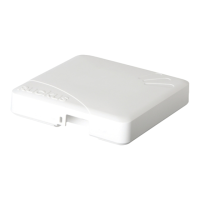

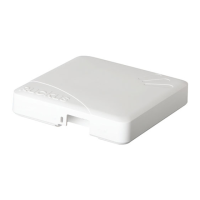
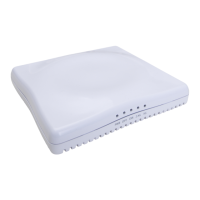
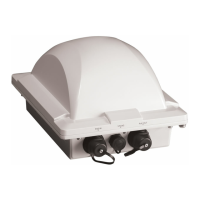
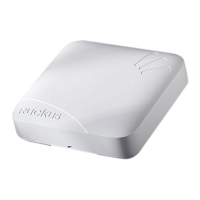

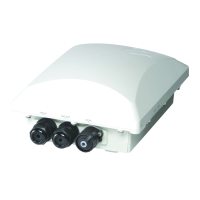
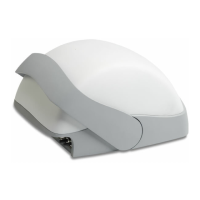
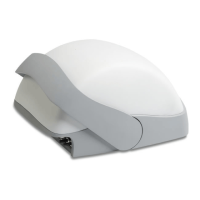


